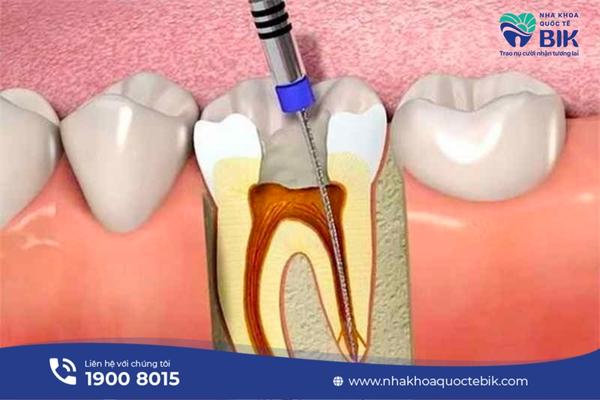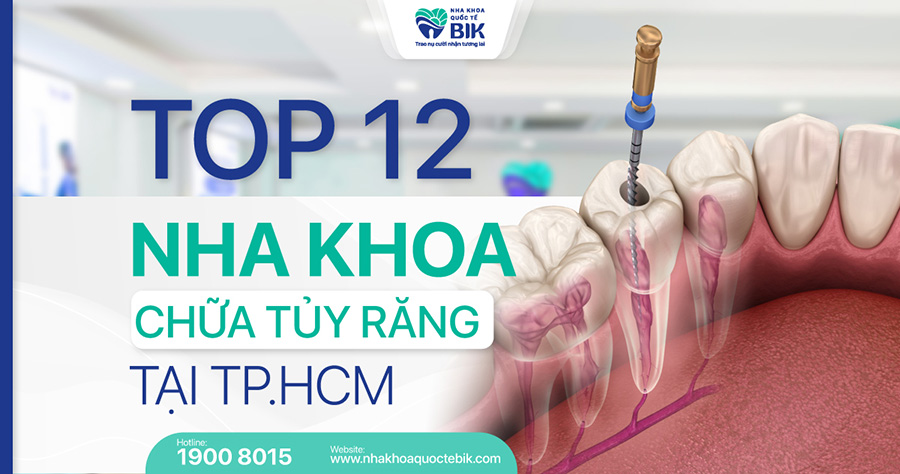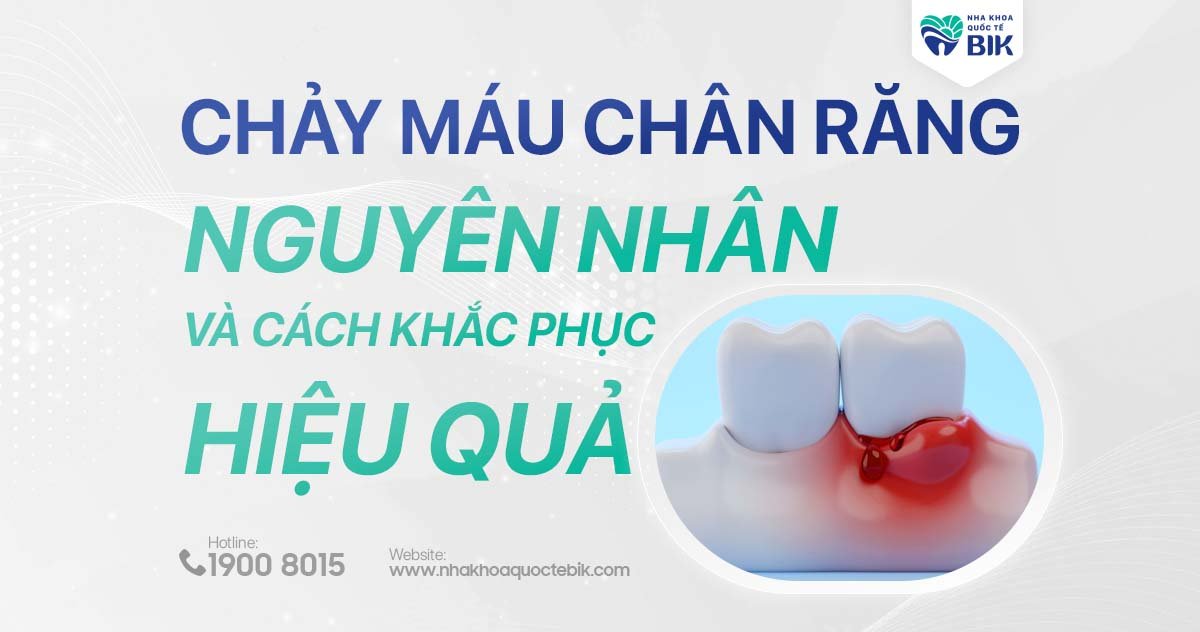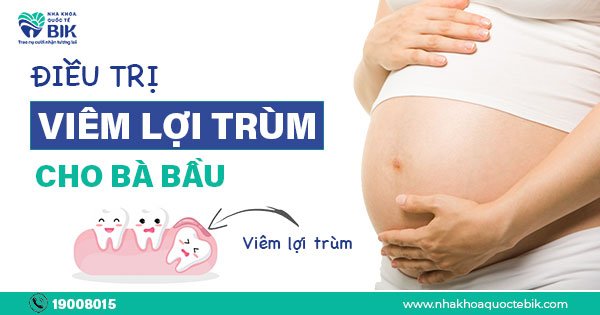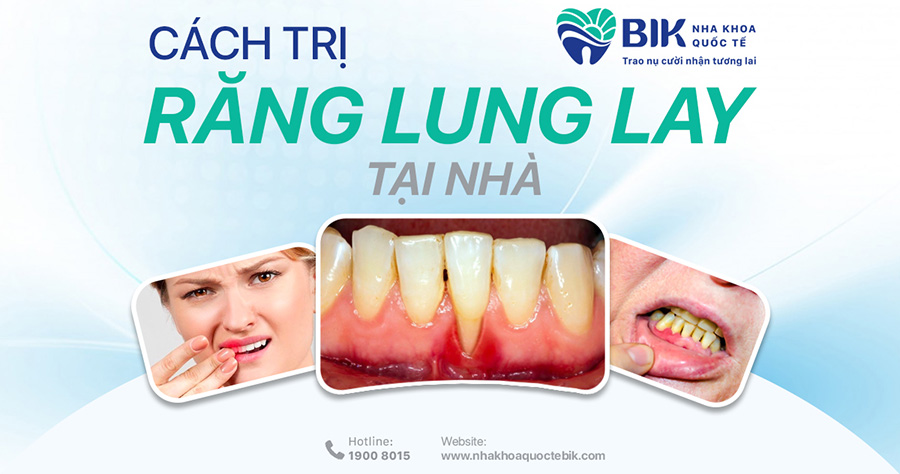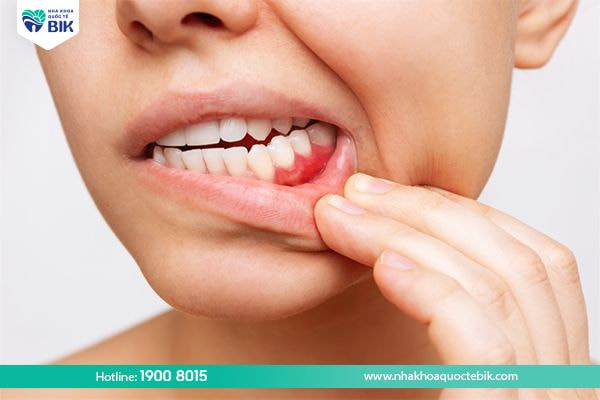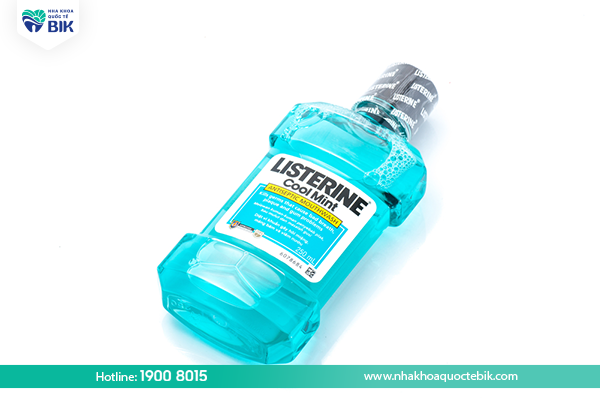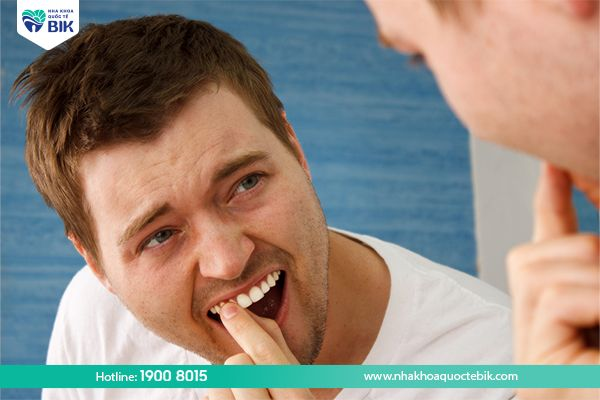Periodontitis is a common oral disease and is mainly caused by the accumulation and attack of bacteria inside the tartar. The periodontal tissue around the tooth that supports the tooth is now seriously damaged, but this disease can be completely treated through appropriate measures.
1. What is peri-dental inflammation?
Periodontitis is a condition in which the periodontal tissues surrounding the tooth that help it stand firmly on the jaw are infected. This tissue includes the gums, periodontal ligaments, alveolar bone and cementum. Periodontitis progresses in stages and if not treated promptly will seriously affect overall health.
Periodontitis can be recognized by the following symptoms:
– The gums change from light pink to dark red or bright red with swelling.
– Frequent bleeding gums even without any stimulation.
– A gap or pus pocket appears between the gums and teeth.
– Formation of a dental abscess.
– Damaged gums cannot hold the teeth, so the teeth become loose.
– Teeth become more sensitive when eating food that is too hot or too cold.
– Bad breath.
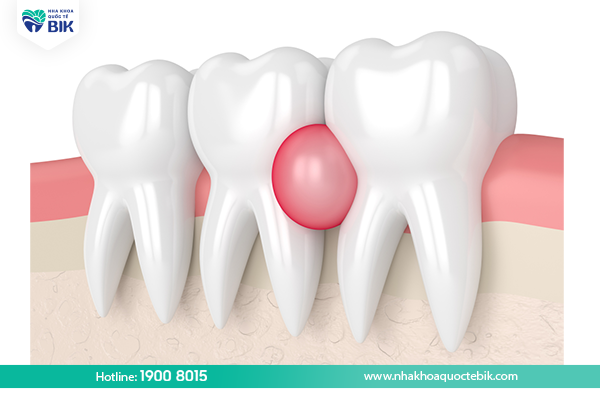
2. Causes of periodontitis
Periodontitis can be caused by the following reasons:
2.1. Improper oral hygiene
The main factor leading to periodontitis is bacteria that exist in dental plaque and the cause of this condition is that the patient does not practice proper oral hygiene for a long time, causing food plaque to remain in the mouth to calcify and form tartar. Tartar often appears between the tooth root and the gum, creating favorable conditions for bacteria to attack, leading to periodontitis.

2.2. Reduced saliva secretion
Saliva is a factor that helps protect the gums and teeth from harmful bacteria, but if the patient uses certain medications such as antidepressants, diuretics, histamines, etc., it will reduce saliva secretion and thereby increase the risk of periodontitis.
2.3. Diabetes
Research shows that most people with diabetes are susceptible to gum disease, uncontrolled blood sugar will increase the risk of gingivitis. The reason is that high blood sugar increases pressure on blood vessels, while reducing the ability to transport nutrients to gum tissue, making the gums susceptible to weakness and infection.
3. Treatment of periodontitis
Depending on each specific condition, the doctor will prescribe different treatment options to ensure the best results:
3.1. Non-surgical treatment of periodontitis
If periodontitis has not progressed severely, the doctor will prescribe some of the following measures:
– Scaling: Scaling helps clean plaque on the surface of teeth and gums, while also eliminating the living environment of harmful bacteria.
– Root planing to smooth the surface of the tooth root to prevent the accumulation of tartar and bacteria.
– Antibiotics: Oral or topical antibiotics can help control bacteria. Topical antibiotics will be accompanied by antibacterial mouthwash for deep cleaning. However, to completely eliminate bacteria that cause infection, oral medication is needed.
– Have measures to fix loose teeth.
– If the tooth cannot be kept, the doctor will evaluate each specific case and indicate tooth extraction.
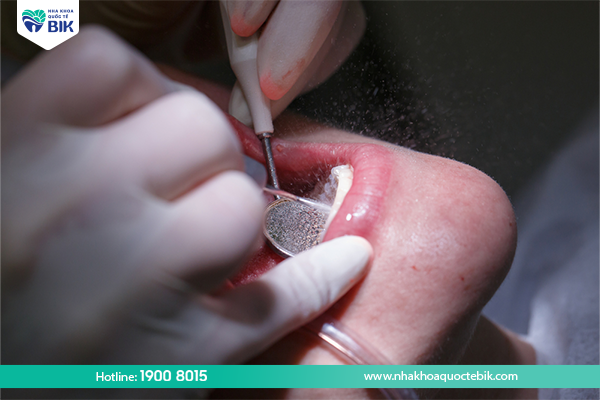
3.2. Surgery to treat periodontitis
For cases of severe periodontitis, the doctor will prescribe the following measures:
– Removing the pus pocket: The doctor will make a small incision in the patient’s gums to reduce the size of the pus pocket to create more favorable conditions for cleaning tartar.
– Soft tissue grafting: If the gum tissue is receding or damaged, it needs to be supported by soft tissue grafting. The doctor will separate a small part of the palate tissue to graft into the affected area. This helps limit the gum recession later and helps cover the exposed tooth root to improve aesthetics.
– Bone grafting: In case the bone around the tooth has been destroyed, the patient needs to undergo bone grafting. The grafted bone can be the patient’s own bone in other locations or bone donated by another person or synthetic bone.
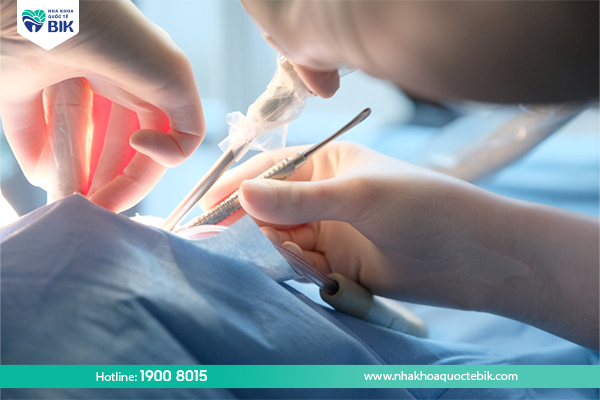
4. Oral care to prevent periodontitis
To prevent periodontitis, patients should note the following:
4.1. Oral hygiene
– Brush your teeth at least twice a day, especially after each meal, to remove food plaque.
– Use a soft-bristled toothbrush with moderate brushing force to avoid damaging the gums.
– Use fluoride toothpaste to support healthy teeth.
– Combine the use of dental floss and mouthwash to remove food debris between teeth and clean the entire oral cavity.
4.2. Reasonable diet
Maintain a reasonable, healthy diet, avoid eating foods containing a lot of sugar or starch because these are substances that easily accumulate in the oral cavity, forming thick tartar that affects oral health. Supplement all the necessary nutrients and vitamins to increase resistance against bacteria that are harmful to teeth and gums, preventing the risk of periodontitis as well as other oral problems.

4.3. Regular check-ups
Have regular check-ups at the dentist at least twice a year to have your teeth scaled and your oral cavity cleaned. From there, your doctor can also promptly detect diseases and treat them immediately if any.
So periodontitis is a fairly common oral disease and can be easily recognized through certain symptoms. To prevent this disease, you need to have a proper oral care regimen and regular dental check-ups to receive timely treatment if any dental problems appear, avoiding serious consequences later.

